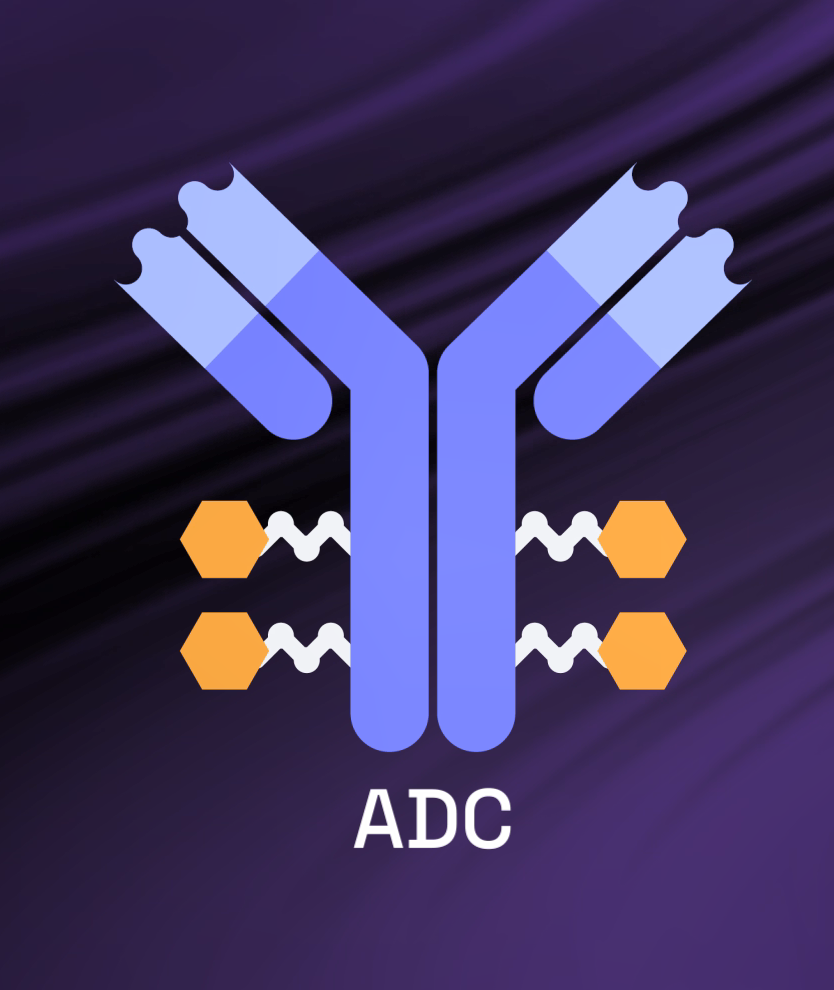Hi Kishore, please introduce yourself.
With over two decades of experience in the pharmaceutical industry, I have worked extensively across all DMFs, ANDAs, and pre-clinical INDs for the CMC sections. As the Global Head of Analytical Research and Development, I oversee all laboratory operations across originator product sites.
One of my responsibilities at Veranova is to examine emerging trends across science and innovation. By ensuring that we have the required global infrastructure and strong technical expertise to meet these challenges, we can be a part of the transformation and innovation of complex medicines, helping the patient community. In particular, the development of ADCs is a prime example of our commitment to cutting-edge pharmaceutical advancements, and we strive to stay at the forefront of these developments.
Great. Could you tell us what ADCs are and why they are helpful?
Traditionally, chemotherapy using cytotoxic agents has been utilized to treat various cancers. However, these treatments elicit severe side effects, typically due to drug exposure to healthy tissues. In contrast, the antibody component of an ADC ensures that cytotoxic agents are delivered directly to cancer cells. Compared to standard chemotherapeutic drugs, this approach reduces the exposure of healthy tissue to cytotoxic drugs, thereby minimizing side effects and increasing tolerability.
On the other hand, they have a rather complex structure to achieve that targeting compared to a typical pharmaceutical. Consequently, drug formulators need to understand the unique challenges of ADC development and manufacturing.
What are the unique challenges of ADC development and manufacturing?
Due to the complex and multi-component nature of ADCs, one of the most critical aspects of ADC development and manufacturing is ensuring productive collaboration. A pharma originator will work with multiple development partners for a single ADC project. Choosing a partner with a solid technical background, manufacturing expertise, and a flexible collaborative approach is essential for originators to meet the tight timelines and budgetary requirements of drug development.
And what are the particular challenges for ADC linker production?
ADC linkers are central to ADC efficacy. A well-designed linker molecule will ensure that the ADC is stable during preparation, storage and systemic circulation. This minimizes the amount of cytotoxic payload that falls off before reaching the tumor cells, increasing safety and limiting dose.
For ADC linker molecules to work effectively, they must be tailored to bear different release mechanisms. This involves modifying payload drugs for proper conjugation chemistry, and formulating the drug-linker complex for ADC manufacturing. Therefore the complexity of this step requires extensive complex chemistry expertise and longstanding potent manufacturing experience.
In addition to technical demands, ADC linker manufacturing presents various operational and analytical challenges. Due to their complexity, the characterization of ADC linkers requires sophisticated analytical, biochemical and biophysical techniques. From a manufacturing point of view, a cGMP aseptic atmosphere and robust containment strategies are vital to protect operators and prevent the release of toxic drug compounds into the surrounding environment.
How can drug developers overcome these challenges?
Over the past decade, advances in our understanding of chemical stability and conjugation chemistry have significantly improved ADCs analytical strategy. Determining critical quality attributes (CQAs) for analytical tests is the key challenge in ADC linker development. Drug load distribution, drug-to-antibody ratio, residual antibody, size variants, and charge variants are the fundamental analytical specifications for development.
Companies must develop a robust analytical approach to succeed in ADC manufacture, incorporating a defined regulatory procedure, state-of-the-art analytical equipment and strong technical expertise. At Veranova, we help our partners progress ADC projects quickly by leveraging our flexible, phase-appropriate strategy. Our integrated capabilities allow us to act as a single-source partner across the development process, following molecules from pre-clinical to commercialization.
Thanks, Kishore. To round up, how is Veranova managing the complexity of ADC linker manufacturing with confidence?
Veranova’s long heritage in drug development and our agility and customer focus enable us to collaborate fully with our partners to address technical challenges proactively. Our global team of experts has extensive experience working with a full range of active pharmaceutical ingredients (APIs), including highly potent active pharmaceutical ingredients (HPAPIs) and ADC linkers and payloads. Offering a transparent, phase-appropriate approach, Veranova can rapidly select the appropriate techniques to determine the most suitable formulation technology for your product
Learn more about our decade of experience developing and scaling up processes for antibody-drug conjugates and linkers (ADCs) here, or get in touch with our team.
This article was written by Dr Kishore Hotha.
References:
1.Fu, Z et al. 2022, nature, viewed February 2023
2.2019, What are Antibody-drug Conjugates, ADC Review, viewed February 2023,

